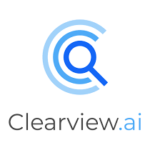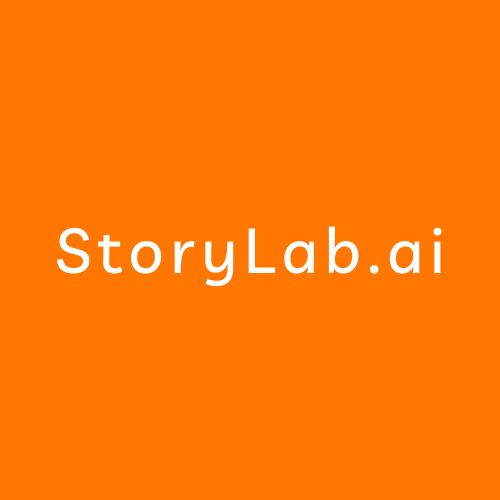In the quest to integrate generative AI models into business operations, one formidable challenge persists: AI hallucinations. These inaccuracies, akin to lies spun by the AI, present significant hurdles for companies embracing this technology.
Generative AI models, lacking true intelligence, occasionally veer off course, generating erroneous outputs. A recent anecdote shared in The Wall Street Journal illustrates this issue vividly, recounting how Microsoft’s AI conjured up fictitious meeting attendees and misrepresented the subjects of conference calls.
The Hope in RAG
Amidst the struggle against AI hallucinations, a glimmer of hope emerges in the form of Retrieval Augmented Generation (RAG). This technical approach, championed by various AI vendors, promises to mitigate, if not eradicate, hallucinations altogether.
Squirro, a leading vendor in the AI space, champions RAG technology as the cornerstone of its generative AI solution. By embedding Retrieval Augmented LLMs, Squirro vows to eliminate hallucinations entirely, ensuring that every piece of generated information is traceable to its source, thus bolstering credibility.
SiftHub echoes this sentiment, leveraging RAG technology and fine-tuned large language models to offer personalized responses devoid of hallucinations. This commitment to transparency and reliability instills confidence in companies seeking AI solutions for their diverse needs.
At the heart of RAG lies the groundbreaking work of data scientist Patrick Lewis, whose 2020 paper introduced the concept. RAG operates by retrieving relevant documents based on a query and harnessing them to enhance the context for generating responses, thereby supplementing the model’s parametric memory.
Effectiveness and Limitations of RAG
While RAG proves invaluable in knowledge-intensive scenarios, its efficacy wanes in reasoning-intensive tasks such as coding and mathematics. Challenges arise from the model’s susceptibility to distractions from irrelevant content in documents and the computational overhead required for implementation at scale.
Despite its shortcomings, ongoing research endeavors seek to refine RAG’s capabilities. Innovations aim to improve document retrieval mechanisms, enhance document representations, and develop models capable of discerning when to leverage retrieved documents, offering glimpses of a brighter future.
In conclusion, while RAG offers a promising avenue for mitigating AI hallucinations, it is not a panacea. Vendors and practitioners must remain vigilant, acknowledging its limitations and continuing to explore avenues for improvement. Only through concerted efforts can the promise of generative AI be fully realized without succumbing to the pitfalls of hallucinations.
See also: Lamini Gets Backing From Dropbox And Figma CEOs: Pioneering Generative AI For Enterprises


















